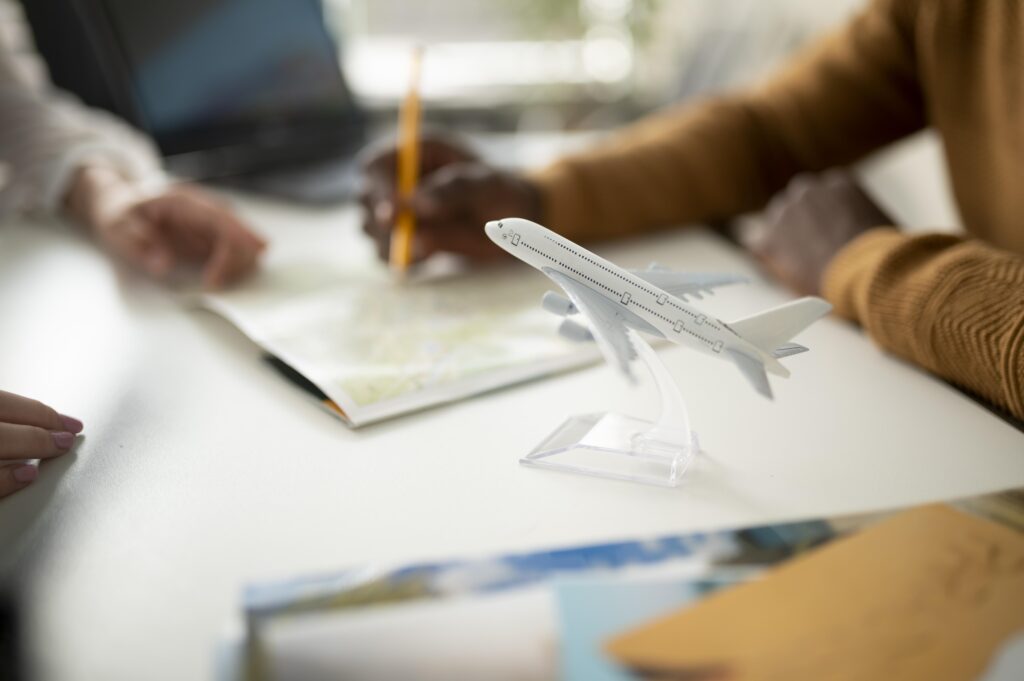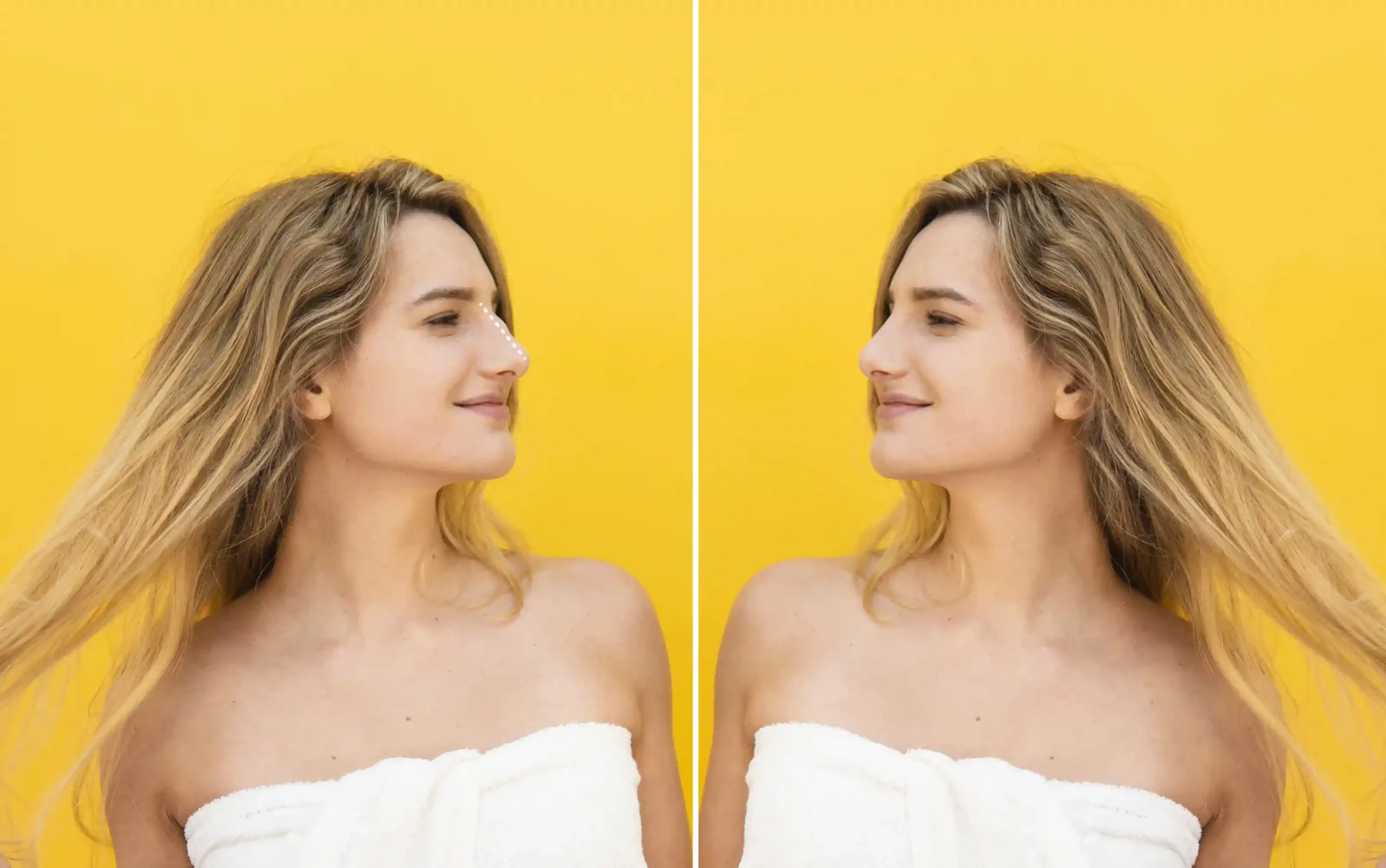The best time for rhinoplasty in Turkey isn’t one fixed month. It’s the window where weather, UV, pollen, and your calendar line up so you heal comfortably and travel home on time.
In this guide, one of the best nose job Turkey surgeon, Dr. Cem Altindag, will explain how rhinoplasty Turkey by season really plays out. You’ll get simple rules for heat, cold, humidity, and sun. We’ll compare Istanbul with the coast, map out flying and hotel timing, and share practical aftercare like swimming and sauna after rhinoplasty, air conditioning after rhinoplasty, and what to pack for rhinoplasty in Turkey.
Contents
- 1 Why Season Matters for Rhinoplasty in Turkey
- 2 Spring Rhinoplasty Turkey Tips
- 3 Summer Rhinoplasty Turkey Tips
- 4 Autumn Rhinoplasty Turkey Tips
- 5 Winter Rhinoplasty Turkey Tips
- 6 Istanbul vs Coastal Climates When It Comes to Rhinoplasty
- 7 Travel Planning Around Recovery
- 8 What to Pack for Rhinoplasty in Turkey by Season
- 9 Swelling and Bruising Management for Nose Job in Turkey
- 10 Rhinoplasty Recovery Timeline with Seasonal Adjustments
- 11 Nose Job Turkey Pricing and Bookings by Season
- 12 Frequently Asked Questions About The Best Time for Rhinoplasty in Turkey
- 13 Istanbul vs Antalya vs İzmir: Quick Climate Notes You Can Use for Nose Job in Turkey
- 14 How to Choose Your Personal Best Time for Rhinoplasty in Turkey
- 15 Final Take
Why Season Matters for Rhinoplasty in Turkey
Season changes your comfort, swelling pattern, and sun risk. Cooler months mean lower UV and easier sun avoidance. Hot months demand tighter routines for shade, hydration, and indoor rest. Clinics and hotels also book up in summer, which can nudge your surgery date and budget.
UV light can darken fresh scars and slow healing if you don’t protect your skin. Surgeons flag UV and heat as common triggers for swelling and pigment changes, so sunscreen, hats, and shade habits matter for weeks.
Heat, cold, humidity and how they affect swelling and bruising
Heat dilates blood vessels. That invites more fluid into tissues, which can keep swelling around longer. Humidity can make it feel worse. Many practices advise cool rooms, gentle activity, and no heavy sweating in the first couple of weeks.
Cold is kinder in week one. Cheek-area cold compresses reduce inflammation. Don’t press the nose and don’t put bare ice on skin. Wrap or use gel packs for brief intervals.
UV exposure risks and pigment changes after rhinoplasty surgery
New incisions and healing skin are light-sensitive. UV can darken scars and boost swelling. Wear SPF 50+, use a brimmed hat, and plan walks at low-UV hours for several weeks.
Spring Rhinoplasty Turkey Tips
You can consider spring as the best time for rhinoplasty in Turkey. Mild air helps comfort. Pollen rises though, which matters if you’re reactive.
Mild temps and lower humidity benefits for recovery
March to May in Istanbul brings comfortable highs and easier shade-walks by week two. You avoid deep heat while still enjoying short outdoor breaks.
Managing pollen and allergies if you’re sensitive
If you flare with tree or grass pollen, plan meds your surgeon approves and more indoor time on peak days. Multiple studies in Istanbul show spring peaks, especially April–May.
Travel and clinic availability before summer surge
Spring is shoulder season in many Turkish cities. It’s easier to line up surgeon dates and decent hotel rates than in July–August.
Related to spring: spring rhinoplasty Turkey tips, allergy season rhinoplasty Turkey, Istanbul weather rhinoplasty recovery.
Summer Rhinoplasty Turkey Tips
Summer can be the best time for rhinoplasty in Turkey if you treat sun and heat like part of your care plan.
Sun rules that actually work
Stay in shade whenever you’re outside in the first month. Wear a wide-brim hat. Use SPF 50+ once your surgeon gives the go-ahead. UV can worsen swelling and darken scars if you expose healing skin.
Managing heat, sweating and AC for comfort and swelling control
Hot air and humidity raise the odds of swelling. Keep rooms cool. Hydrate. AC is fine for comfort. If dry air bothers you, use a bedside humidifier. Several clinics in Turkey and abroad suggest cool environments and avoiding heavy sweating early on.
Beach, pool, sauna and direct sun timelines

Most surgeons delay submerging your face and full swimming for about 4–6 weeks. Some prefer 6–8 weeks, especially for oceans and busy pools. Saunas and steam are usually held until at least 6–8 weeks. Always follow your own surgeon’s clearance.
If you want to learn more about summer rhinoplasty in Turkey, you can check our summer and nose surgery blog.
Autumn Rhinoplasty Turkey Tips
Autumn feels like spring with even gentler UV.
Balanced weather and lower UV for outdoor recovery
September and October in Istanbul are warm but manageable. UV intensity is lower than peak summer, which makes sun avoidance easier during weeks 2–4. Many clinics rate autumn highly for comfort.
Back-to-work or school timing
If you plan a week away and a quieter second week, early autumn fits well. By weeks 3–4 many patients can resume moderate cardio, if cleared.
Winter Rhinoplasty Turkey Tips
Cool air, low UV, lower crowds. Plan around colds and dry heat indoors.
Pros of low UV and easy indoor routines
Short days and low sun help scar care. It’s simple to rest inside and limit exposure.
Dry air, flu season, crowd avoidance and humidifier tips
Winter brings more flu. Keep travel days calm, mask up in busy indoor spaces, and humidify heated rooms to avoid dryness.
How to protect your nose in very cold conditions
If you go out, wrap a soft scarf loosely and keep trips short in week one or two. Keep the splint dry until removal.
Istanbul vs Coastal Climates When It Comes to Rhinoplasty
Not all Turkish cities feel the same in summer. Here’s how that affects recovery walks and short sightseeing.
| City | Typical summer highs | What it means for week-2 walks |
| Istanbul | ~30 °C in July–August | Warm but less extreme than the Med coast. Shade breaks are doable. |
| Antalya | ~34 °C in August | Hotter and sunnier. Plan strict shade and short outdoor time. |
| İzmir | ~34 °C in July | Dry heat. Sun protection and cool indoor rest still key. |
If you want lighter heat during recovery, Istanbul often beats the coast. If you choose the coast, commit to shade and cooling. This is the heart of Antalya vs Istanbul climate rhinoplasty planning.
Travel Planning Around Recovery

How long to stay and when it’s safe to fly home
Most visitors plan 7–10 days in-country. Many clinics remove the splint around day 6–7 and clear short-haul flights around flying after rhinoplasty Turkey 7–10 days. Long-haul can take longer. Always get your surgeon’s sign-off.
Scheduling check-ups before departure
Book your day-6/7 visit for splint and suture removal. Ask for a final check 24–48 hours before your flight so you leave with clear aftercare notes. how long to stay in Turkey after rhinoplasty depends on your case, but 7–10 days covers most routines.
Wanna know more flights after rhinoplasty, check our flights after nose surgery blog!
What to Pack for Rhinoplasty in Turkey by Season
Summer Rhinoplasty Kit
Wide-brim hat, SPF 50+, UV umbrella, loose long sleeves. Cooling gel eye mask. Reusable water bottle. Saline spray. Light scarf for planes and AC. This is your what to pack for rhinoplasty in Turkey starter list.
Winter kit
Soft scarf that doesn’t press on the bridge. Hydrating nasal saline. Lip balm and rich moisturizer. Travel humidifier or hotel humidifier request.
Swelling and Bruising Management for Nose Job in Turkey
Cold compress guidelines and skin safety
Use cold compresses on the cheeks and around the eyes in the first 48–72 hours, off and on. Don’t place bare ice on skin. Wrap packs or use gel masks.
First-week routine and when to switch to warm compresses
Sleep head-elevated. Keep activity light. Some surgeons allow warm compresses after day 3 to help with bruising, but protocols differ. Follow your surgeon’s exact timeline.
To learn more about what you should do after rhinoplasty operation, please read our recovery after rhinoplasty guide.
Humidity, heat and AC
Heat and sticky air can keep swelling around. Keep rooms cool, rest indoors during peak heat, and add a humidifier if AC feels too dry. That’s how you handle humidity and swelling after rhinoplasty without relying on meds alone.
Rhinoplasty Recovery Timeline with Seasonal Adjustments
Week 0–1: rest, head elevation, no heat exposure
Stay indoors, keep the head up, use cheek-area cold compresses, and avoid heavy sweating. Keep the splint dry.
Weeks 2–4: light walks in shade, no swimming yet
Short walks are fine if cleared. Avoid direct sun on the nose. Most surgeons still hold off on swimming until week 4 or later.
Weeks 6–8: gradual return to exercise, protect from sun
By week 6 many patients resume heavier workouts if approved. If you try a sauna, get explicit clearance and keep it brief. Continue strict sun protection for months.
Nose Job Turkey Pricing and Bookings by Season
Clinics and hotels are busiest in July–August and during popular holiday periods. Expect higher hotel rates in peak season, with more flexible pricing in winter and shoulder months. Booking early helps you secure the exact week you want.
If you want to know more about how to plan for your Turkey trip, check this incredible guide. Also if you are curious about rhinoplasty costs, you can read our how much rhinoplasty in turkey costs blog.
Frequently Asked Questions About The Best Time for Rhinoplasty in Turkey
What is the best month for rhinoplasty Istanbul?
If you want the simplest sun and heat routine, aim for April–May or late September–October. Winter is also comfortable if you plan around flu season and dry indoor heat.
Can I swim or sunbathe after surgery, and when?
Most surgeons keep you out of pools and open water for 4–6 weeks, sometimes 6–8 weeks, to lower infection risk and avoid bumps. If you’re at the beach before that, stay covered and avoid direct sun on the nose.
Is summer OK if I follow sun and heat precautions?
Yes. Patients do well in summer if they live indoors during week one, use hats and SPF, keep rooms cool, and skip heavy sweating. Many Turkish clinics say summer is fine with strict protection.
Istanbul vs Antalya vs İzmir: Quick Climate Notes You Can Use for Nose Job in Turkey
- Istanbul: warm summers, not as extreme as the Med coast. Good for light walks by week two with shade.
- Antalya: hotter and sunnier, strongest UV in midsummer. Commit to indoor rest longer.
- İzmir: dry heat peaks mid-summer; great for beaches but plan early or late outings only.
How to Choose Your Personal Best Time for Rhinoplasty in Turkey
- Check your sensitivity. If you’re allergy-prone, spring might be tough in Istanbul unless you manage pollen. Peak months are often April–May.
- Match UV to your habits. If you dislike strict sun routines, pick autumn or winter.
- Plan your exit. If you must fly soon, block flying after rhinoplasty Turkey 7–10 days with cast removal and a final check before departure.
- Weigh prices. Summer and holiday weeks sell out and cost more. Winter and shoulder months are easier on the wallet.
Final Take
There isn’t a single best time for rhinoplasty in Turkey for everyone. If you want the easiest sun routine, pick autumn or winter. If you’re traveling in summer, follow strict shade and cooling rules and plan more indoor rest. Keep your pacing realistic, build in rhinoplasty Turkey by season adjustments, and let your own surgeon’s plan lead the way.


